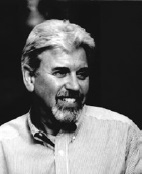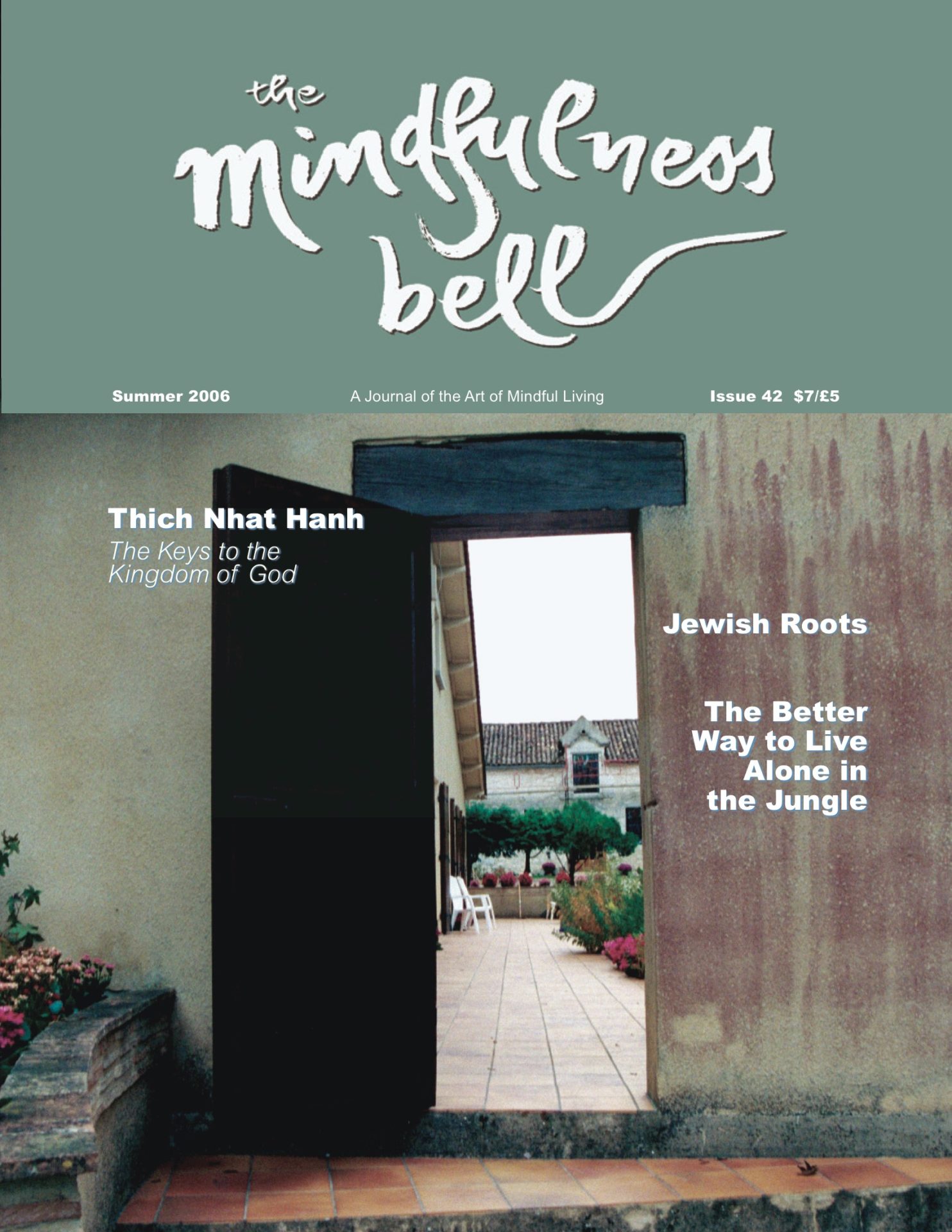Integrating My Buddhist Practice and Jewish Roots
By Louis Weiss

In 1999, after many discussions about things most important to us, my wife Vicki invited me to read The Miracle of Mindfulness and to join her at Lakeside Buddhist Sangha for meditation. Thay’s teaching resonated strongly with my own emotional and spiritual experience. I became a regular on Sunday night for sitting and walking meditation and dharma talks.
Integrating My Buddhist Practice and Jewish Roots
By Louis Weiss

In 1999, after many discussions about things most important to us, my wife Vicki invited me to read The Miracle of Mindfulness and to join her at Lakeside Buddhist Sangha for meditation. Thay’s teaching resonated strongly with my own emotional and spiritual experience. I became a regular on Sunday night for sitting and walking meditation and dharma talks. I participated in days of mindfulness and weekend retreats. As I read books by Thay and other contemporary Western Buddhists, I became aware of several things. One was that Thay’s teachings of engaged Buddhism felt much like the engaged Judaism I had been affiliated with for the past twenty years. Another was that Buddhist teachings were very supportive of and based in the principles of My roots in Conservative Judaism were established in the small Midwestern town I grew up in. It was a town that didn’t understand or tolerate “others.” The local parochial schools taught my neighbors that Jews were responsible for killing Jesus and were to be treated as outsiders. My days at school and playing in the streets always required a defensive awareness. So the synagogue became a true sanctuary for me. Each day after school I went to the synagogue, spread my homework out on the sanctuary floor, and found comfort in learning about the world beyond my daily experience from within the protective peace and quiet of that dim, musty space. I adhered to the ritual of Conservative Judaism because it worked for me. I learned, I recited, I prayed, and I hid out.
Then in the 1960s I left town and went to college; there I learned that God had died while I was en route. Those years allowed me to develop a social consciousness, an awareness of spirituality, and a glimpse at the diversity of the world. Conservative Judaism didn’t work for me anymore. In the late ‘70s and early ‘80s my kids came along. I wanted them to have a religious identity and education, so I became a “pediatric” Jew. I did it for the sake of the kids. The Jewish Reconstructionist Congregation was in my neighborhood and I knew a number of other families who sent their kids to the religious school there. So I joined.
All Things That Breathe
I had stumbled into a community that would become a central part of my life, my identity, and my spiritual well-being. Reconstructionism is a new sect of Judaism that recognizes that ritual must be preserved to maintain an identity as a Jew but it must not segregate us from the world. In Reconstructionism, egalitarianism replaces the paternalistic focus of Jewish practice. More important to me, it emphasizes the need to be engaged in socially relevant activities in the broader community. In Reconstructionist Judaism God is understood as the life force, in fact, the very breath that sustains life in all forms on this planet—and probably the universe. The prayer book we use is called in Hebrew “Kol Haneshamah” or “All living things” (literally, all things that breathe). psychology I use in my professional and personal life. And many of the Western Buddhist teachers I was reading were Jews!
My Neighbor Is Myself
Regular attendance at the Sangha made me yearn for more of an engagement in my Jewish practice as well. I had worked on Saturdays for all of my professional life, but began to feel strongly about having a regular day of mindfulness. I decided to stop work on Saturdays and to attend Shabbat services and Torah study each week at the synagogue. Now I have two spiritual communities to share and support my meditation practice and my engagement in the larger world.
Having taken and retaken the Five Mindfulness Trainings, received a dharma name, and read and chanted sutras with my wonderful Sangha community, I began to think about the principles of Judaism that Reconstructionism asserts in the context of mindfulness, breath practice, the concept of oneness and no-self, and the immeasurable value of belonging to a spiritual community. I have learned to read the Old Testament from a perspective of faith in community, right speech, right livelihood, right thinking, and other aspects of the Eightfold Path. To me the admonition of Deuteronomy to “Love your neighbor as yourself ” isn’t about loving another person in the way you love yourself. Rather it is a reminder that my neighbor is myself.
The central prayer of all Jewish practice is “Shema Yisroel. Adonay Elohenu Adonay Echad.” or “Hear oh Israel, the Lord our God the Lord is One.” When understood in Reconstructionist terms—God as the life force in us and in the universe—this doesn’t just put a stamp on monotheism, it is a reminder that we are all one with each other, the natural world, and the spirit that sustains life. Now where have I heard that before?
Louis Weiss, Diligent Inclusiveness of the Heart, is a member of Lakeside Buddha Sangha in Evanston, Illinois and a clinical psychologist.

